Photo

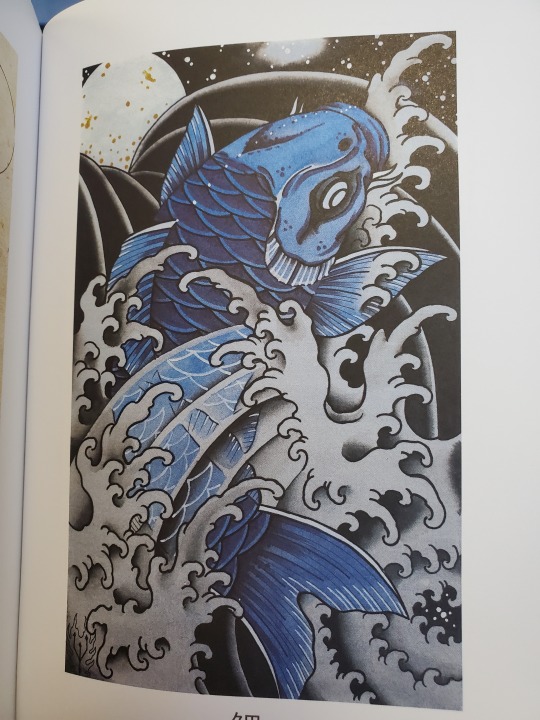
Japanese Tattoos: Meanings, Shapes and Motifs - Yori Moriarty GT2346 J3 M6713 2018
The intimate relationship of Japanese tattooing with the dark world of the yakuza has helped cover this form of artistic expression with an aura of mystery. But the culture of irezumi is deep and rich in meanings, shapes and motifs that have gone from color woodblock prints to being applied to the skin to beautify and protect their bearers.
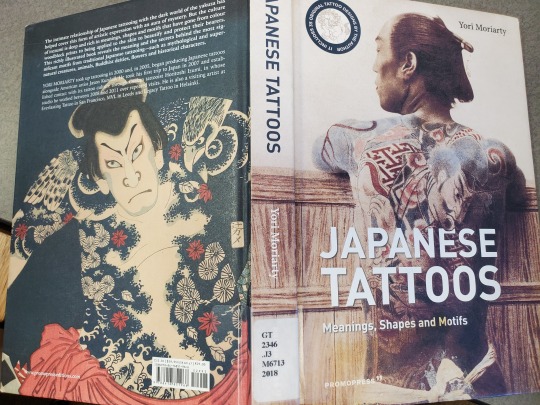
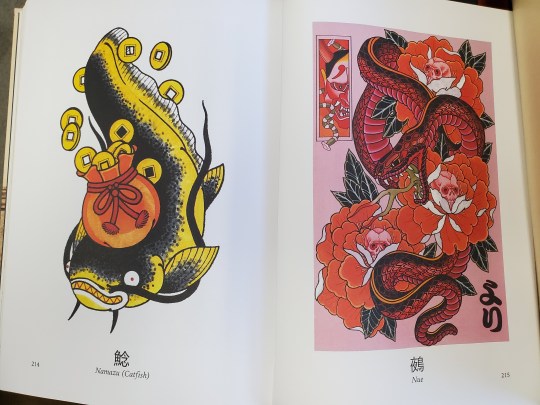
This richly illustrated book reveals the meaning and secrets behind the most significant motifs from traditional Japanese tattooing. Readers will discover the origin and meaning of each visual representation of the most frequent themes in this art form. The publication begins with a brief review of the history of Japanese tattoo art and then examines each subject (water, mythological animals, real animals, mythological characters, historical characters, flowers, shunga and yokai) through images and descriptive texts; it also includes a gallery of original designs by the author and a glossary.

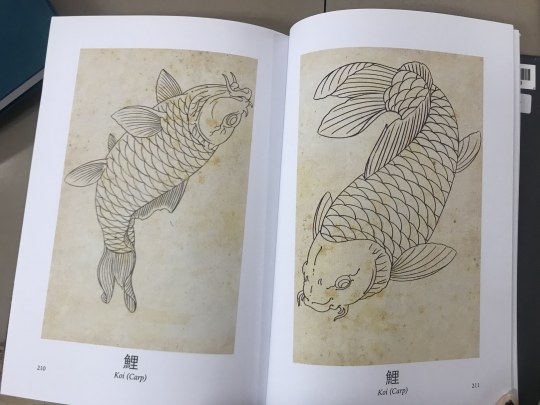
This book can be seen at the Clarence Ward Art Library (GT2346 J3 M6713 2018).
11 notes
·
View notes
Text
Strategic Planning: Give Us Your Feedback

The Oberlin College Libraries are embarking on a strategic planning process where we will think deeply about what we’re doing right, where we want improvements, and what the new normal will look like in the years to come. Please tell us about your experiences with library services, spaces, and collections, and what you hope we will achieve moving forward.
Submit your feedback here. Thank you for your time!
4 notes
·
View notes
Photo
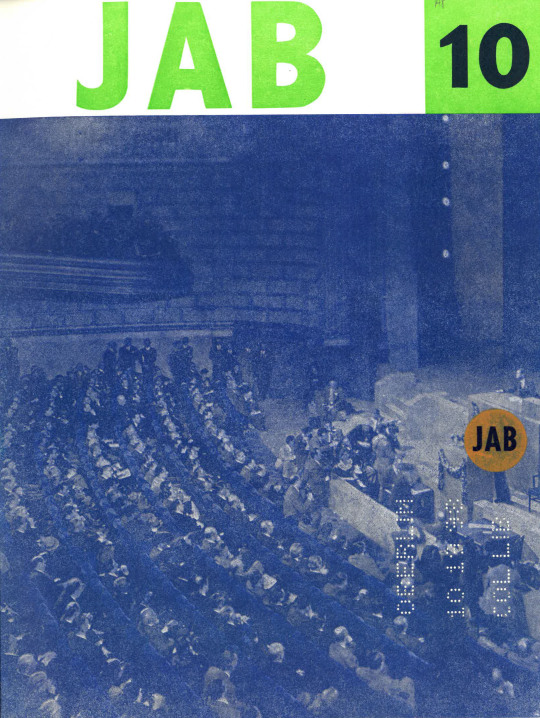
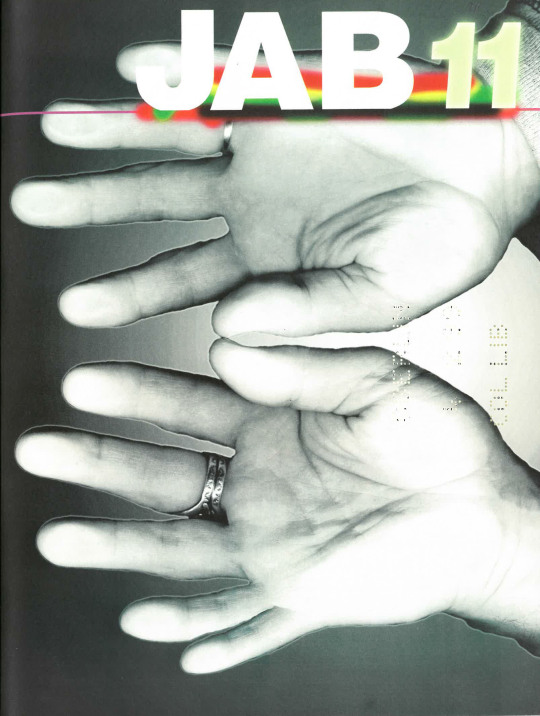


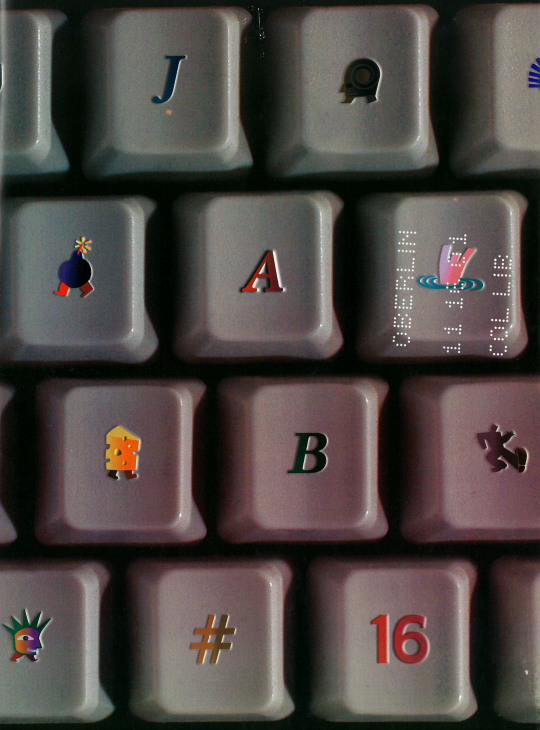
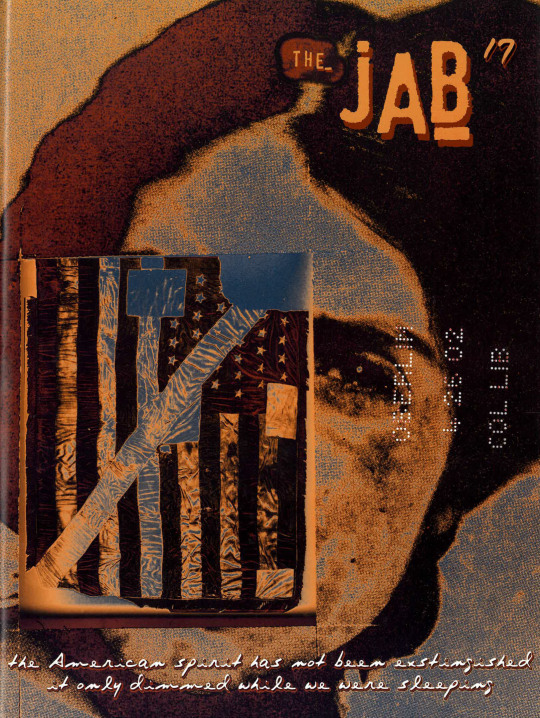
Journal of Artists’ Books: Meaning in Print
Journals designed by artists
And one day he realized that very few people went / to art galleries and museums but many people looked / at books and magazines as he did and they got / them through the mail as he did. / Moral: it’s difficult to put a painting in a mailbox.
– “Ingres and Other Parables” by John Baldessari (JAB 31 page 6)
Although written in the 1970s Baldessari’s poem rings true today. Are people no longer visiting museums? And if not, how are they interacting with art? How is value determined for art when it is a physical but untouchable canvas vs. a stack of reproducible pages you can hold? Is value fractured or demeaned if art exists in multiple places at once?
The Journal of Artists’ Books (JAB) has placed itself in the murky waters of the world of reproducible media, filled with conflicting definitions and perceived worth. JAB explores and articulates the gaps and inconsistencies in our constructed definitions of books and art and the way value is then ascribed.
Keep reading
12 notes
·
View notes
Text
The Tattoo Art of Kalinga Women

Photo by Verzosa (The Last Tattooed Women of Kalinga)
The Last Tattooed Women of Kalinga presents a series of portraits by Filipino photographer Jake Verzosa (born 1979) that lament and celebrate a dying tradition of tattooing in villages throughout the Cordillera mountains in the northern Philippines.
For nearly 1,000 years the Kalinga women have proudly worn these lace-like patterns, or batok, on their skin as symbols of beauty, wealth, stature and fortitude. Applied as part of a painful ritual, the vivid tattoos―abstractions of motifs such as ferns, rice bundles, centipedes and flowing rivers―reflect a rite of passage and a bond with nature. Yet today this intricate form of self-adornment has largely been abandoned. Between 2009 and 2013, Verzosa traveled extensively to document the last generation of women with the batok. His pictures reveal the artistic designs and symbolic functions of the tattoos. Accompanying Verzosa’s portraits is an illustrated glossary of the tattoo types and their meanings.
“The process of tattooing is known amongst the Kalinga people as batok, and the resulting designs are symbolic of strength and power – to the extent that dinuras (women who do not have tattoos) were typically viewed as imperfect, and shamed. For the men of the tribe, tattoos represent courage and the stages of being a Kalinga warrior, while for women they symbolise maturity, fertility and beauty. “A woman with tattoos shows that she is ready to marry and give birth to a child,” writes Natividad Sugguiyao in the text that accompanies The Last Tattooed Women of Kalinga. “A woman who declines to be tattooed is said to be barren” (Belle Hutton, Another Magazine).
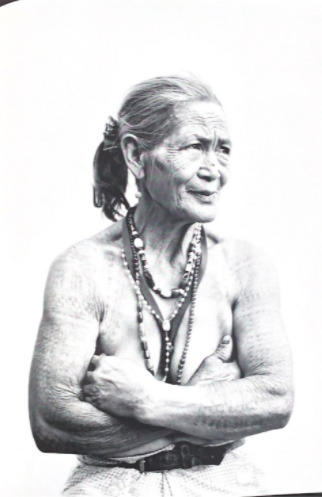
Photo by Verzosa (The Last Tattooed Women of Kalinga)

Photo by Verzosa (The Last Tattooed Women of Kalinga)

Photo by Verzosa (The Last Tattooed Women of Kalinga)
Find this book in the Clarence Ward Art Library: TR681.W6 V47 2017 Oversize
#artlibrary#clarencewardartlibrary#art#photography#tattoo#tattooart#Kalingawomen#Kalinga#JakeVerzosa#OberlinArt#photo
16 notes
·
View notes
Photo
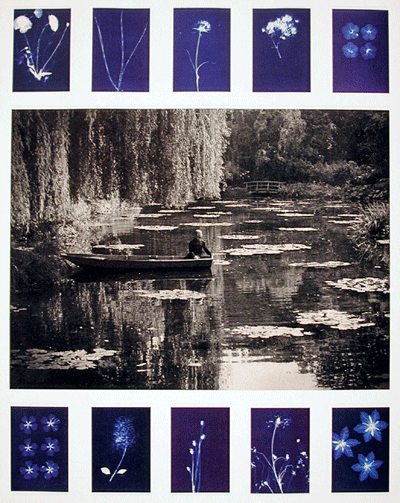
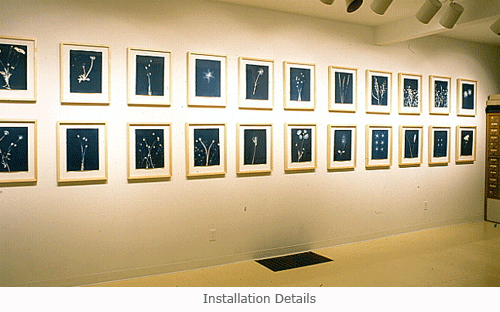
Pipo Nguyen-duy | AnOther Expedition: Monet’s Garden
Opening Reception
Thursday, February 2 at 6 PM - 8 PMClampArt247 West 29th Street, New York, New York 10001
Keep reading
1 note
·
View note
Text
The Space Song Foundation

The new Space Song Foundation is a non-profit organization promoting long-term thinking at the intersection of art, science and design on Earth and in outer space.
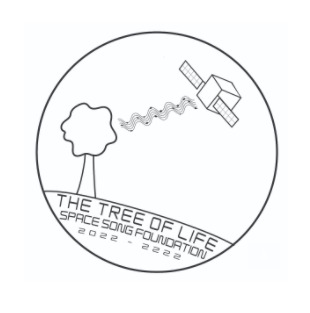
One of the organizations current projects features the “Tree of Life” - a 200-year global art/science project composed of earthly trees *singing* a duet with an orbiting spacecraft about their living/operating conditions. The project engages sustainable design on Earth and in outer space, and provides a platform for us to think long-term about the future of our planet, our ecosystem, and our species––at a time when we could all use a little hope.

Want to know more? Follow this link!
0 notes
Photo
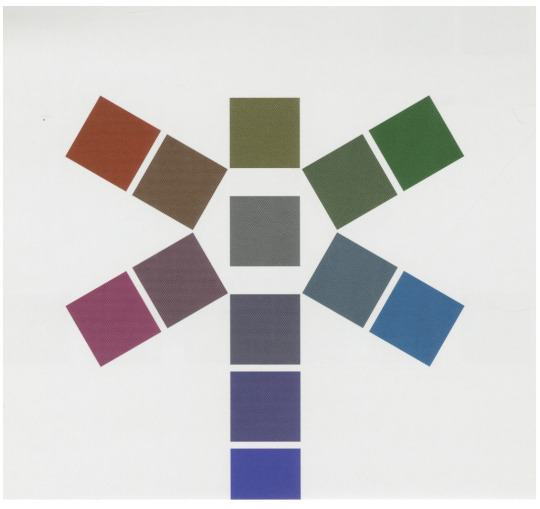



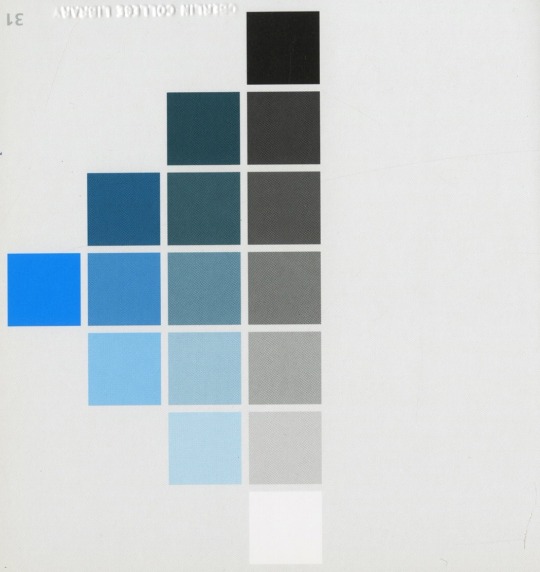
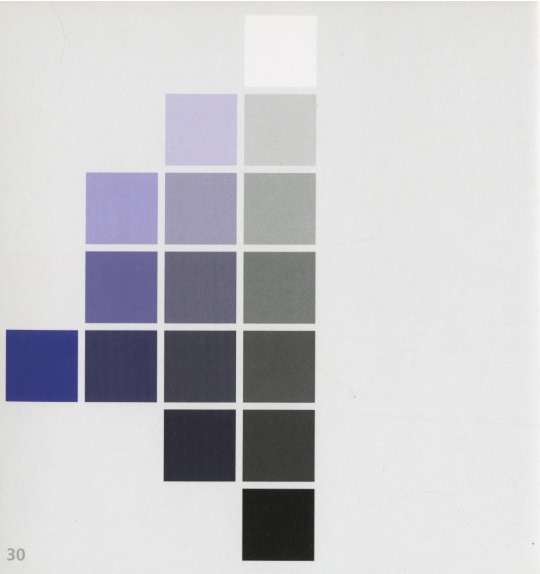


Colors!
In Clarence Ward Art Library there are books that discuss color theory and its history as well as those that offer the chance to play with colors, movable “tools” that teach color theory in a straightforward way.
Goethe’s theory of colours
This book is about the color theory proposed by German poet and writer, Johann Wolfgang von Goethe, in 1810. Goethe initiated his study of colors after his first visit to Italy (1786-1788) during which he found that there was no established rule for color among artists. He described and analyzed the perception of colors from an experiential point of view, strongly opposing Newtonian optics which excluded the perceptive faculty of human eyes. Goethe’s writing was largely ignored and rejected by the scientific community at the time, while Newtonian color theory was widely accepted. As Charles Lock Eastlake, the translator of this work, notes that Goethe’s “uncompromising expression” and the fact that he was unacquainted with mathematics led scientists to disregard his theories. They were adopted by many artists, however, and had a significant impact on their work.
Ordering colors, playing with colors: one book and 61 movable color samples
This “book” consists of a set of movable color samples and a booklet that provides illustrated explanations systems to organize colors. The effects observed by different color arrangements is also discussed. Readers can play with the color samples included with the booklet.
The color harmony manual and how to use it
This color harmony manual contains twelve booklets of movable color chips and one manual explaining the Ostwald color order which is based on the research of Dr. Wilhelm Ostwald, a Russian-German chemist who was also an amateur painter.
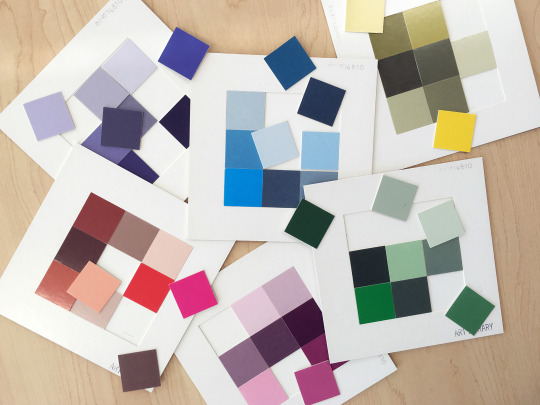
Color wheel for color planning
Louis Cheskin’s color wheel is based on three subtractive color primaries –yellow, magenta and cyan (green-blue), and nine secondary hues–orange, orange-red, red, violet, violet-blue, blue, blue-green, green and yellow-green. Attached to the color wheel is a rotatable concentric transparent section which has five equidistant degrees of black on it. It also provides readers with different ratios of primary colors that are needed to mix in order to get various secondary colors.
To look at these books visit Clarence Ward Art Library and ask at the desk!

Source
Source
Source
15 notes
·
View notes
Photo

Secrets
Art Special Collections houses several books of “secrets”: trade secrets mixed with medicines, recipes for magic, and alchemy as well as recipes for inks, dyes, and paints. One Thousand Valuable Secrets in the Elegant and Useful Arts, Collected from the Practice of the Best Artists, printed in the U.S. in 1795, covers gilding, varnishing, engraving, making wine and preserves, and also describes a method for “purifying” copper to make it more like gold.
Keep reading
2 notes
·
View notes
Photo
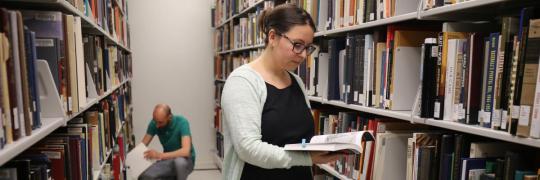
Collection Research and Interpretation Specialist
The Smithsonian American Art Museum (SAAM) seeks an experienced researcher and content creator for a two-year term position to unlock the full storytelling potential of the museum’s permanent collection on the eve of a major reinstallation project. The Collection Research and Interpretation Specialist will contribute to the planning and execution of a multi-year project to renovate and reinvigorate the museum's historic collections and spaces. Working collaboratively with curators, educators, exhibition designers, and digital strategies staff, the successful candidate will play a key role in shaping more inclusive and engaging interpretive frameworks and experiences for SAAM visitors.
This position reports to the Head of Interpretation and Audience Research within the Education department and is part of an agile and highly collaborative team responsible for developing customized interpretive content for a broad range of museum visitors and informal learners.
Salary and Benefits
This is a two-year appointment for a full-time (40 hr/wk) temporary Trust position (IS-09) with a starting salary of $60,129/year plus full health and leave benefits. Flexible work arrangements and telework options are available; however, a fully remote hire is not possible due to the eventual need for on-site work at the museum buildings. Full details here.
1 note
·
View note
Photo

Oberlin Alum makes Art Book
Installation/Public Artist based in London, Julia Vogl (OC’03), has created an Art Book titled Social Protest laughed on Kickstarter October 10th. The campaign will run through November 8th. Social Protest was a yearlong project that had Vogl capture the protests of 457 individuals in 279 photographs within 31 different towns/cities in 8 countries. 200 books were made with a hand silkscreened cover that is seen in the GIf Above. The Clarence Ward Art Library has backed the project and hopes to add the book to its collection soon.
If you are interested in a copy for yourself visit the kickstarted here or check out Vogl’s website here.
1 note
·
View note
Photo



A Visit from Crackerjack Kid!
Chuck Welch, also known by his mail artist name: Crackerjack Kid, visited Barb on October 3rd to see the massive collection of mail art we have in special collections. Welch is the editor of Eternal Network: A Mail Art Anthology, the first university publication to explore the history, the techniques, and the future of mail art. This publication features the essays of many mail artists including Anna Banana, Carlo Pittore, Ed Varney, and Shozo Shimamoto. Visit the Clarence Ward Art Library to see the Eternal Network or schedule an appointment to see our mail art in our special collections!
5 notes
·
View notes
Video
youtube
In 1888 Hough published his 14 volume set of 1056 paper thin wood samples of 354 species. Books include actual specimens he collected himself and are written in 5 languages. These books can be viewed at the Clarence Ward Art Library by appointment.
4 notes
·
View notes
Photo

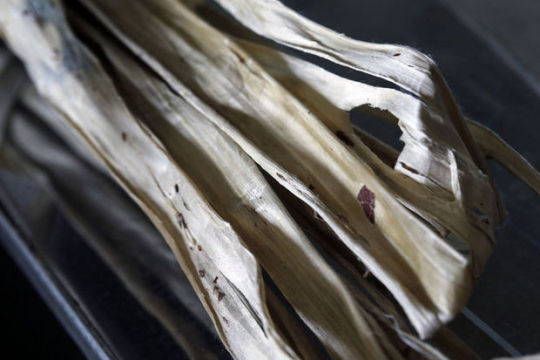



The art of Korean papermaking
Aimee Lee (OC’99), at the Morgan Conservancy in Cleveland, runs the only traditional Korean paper-making facility in the US. Aimee learned the skill from traditional papermakers in Korea on a Fulbright scholarship. Her book, Hanji unfurled: one journey into Korean papermaking, the first English-language book about hanji, describes her search, as a Korean-American artist and Fulbright fellow, for a traditional Korean papermaking teacher. Of the handful of American hanji researchers, she is the only one to have interacted with Koreans in their own language while simultaneously learning the craft.
The Art Library also owns a selection of Aimee Lee’s artist books, many of which use Hanji paper and Korean techniques.
3 notes
·
View notes
Photo




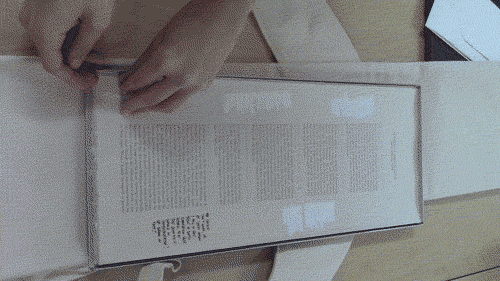


Surplus value books: catalog number 13 by Rick Moody
Keep reading
3 notes
·
View notes
Photo



Graphic Novels, Animation, and Comics Collection Feature:
Willie and Joe: The WWII Years by Bill Mauldin
Bill Mauldin is not the most famous comics artist by any stretch, but his reputation among World War II combat veterans is nothing short of legendary. Mauldin’s cutting and dry humor unearthed the macabre reality of life in the war, a reality far removed from American propaganda back home.
Keep reading
2 notes
·
View notes
Photo
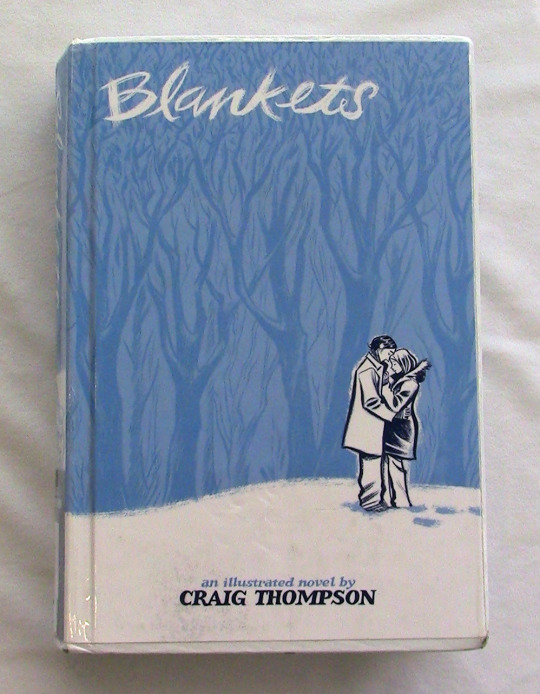
Graphic Novels, Animation, and Comics Collection Feature:
Blankets by Craig Thompson
No one can accuse Craig Thompson of insincerity in his work. Blankets is a staggeringly honest retrospective about Thompson’s formative years, especially regarding his eventual rejection of his Christian upbringing. Blankets isn’t polemical, though; this story of a boy’s emigration from his youth is full of confusion, anxiety, beauty, and bittersweetness.
Keep reading
8 notes
·
View notes
